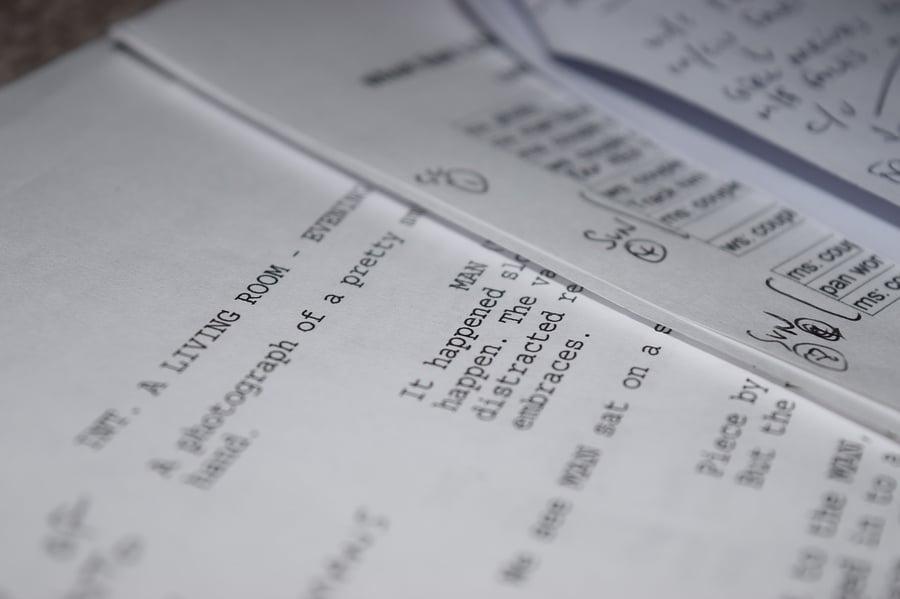A complex system
Data has created the illusion of linear predictability. Past findings, coupled with the present moment, allow us to look in a straight line to the future. For certain subfields and very specific cases such as bankruptcy forecasting and fraud-prevention, this actually works quite well on a short term base. Algorithmic models are able to predict failure within a year or a few, but overlooking what will happen within a decade clearly becomes a problem. In a social context, it is therefore completely pointless and impossible to predict where we will be in fifty years.
All the more so because we long time mistakenly assumed that we are rational beings and therefore take rational decisions, while in fact mankind is often emotionally driven. We are overwhelmed by unexpected events, which keep sending us in a new direction. All those rational and emotional elements form complex situations for our systems.
Scenarios
Working with tangible data to develop predictions means that you have concrete, measurable data (e.g. financial data, payment behaviour, etc.) on which you build conclusions forecasting a measurable future behaviour. For example, you can obtain information about the solvency of a company from financial data. The challenge of these mostly linear models, such as prediction models for bankruptcy, is that they measure the problem, but never indicate the solution. Moreover: there’s no such thing as ‘a solution’, since future events might influence the outcomes…. So, we indeed need scenario-building, which is quite different from a prediction.
To start developing scenarios, and thus to asses risks and opportunities to be able to propose different paths of choice, a combination of data, artificial intelligence and human knowledge and emotion is required. The combination allows for two levels of data usage.
- First, data that is immediately identifiable, for example solvency, scores, etc. You work with measurable data to achieve measurable results.
- In addition, one can also find ‘intangible’ behavioural patterns based on tangible data, meaning that one extracts information from data that, at first sight, has absolutely nothing to do with the information one’s searching for. The datasets of GraydonCreditsafe do not contain information about drug offenses or other crimes. Nevertheless, based of financial data, fleet data and many other but tangible data sources, we manage to indicate how likely a company is to exhibit criminal behaviour. Or in which companies burn-out-development is at higher risk.
Especially the second level gives us the opportunity to go in a completely different direction. It comes down to converting non-measurable elements into measurable elements. The examples GraydonCreditsafe discovered – many times in close collaboration with academics and universities - are surprising to say the least.

